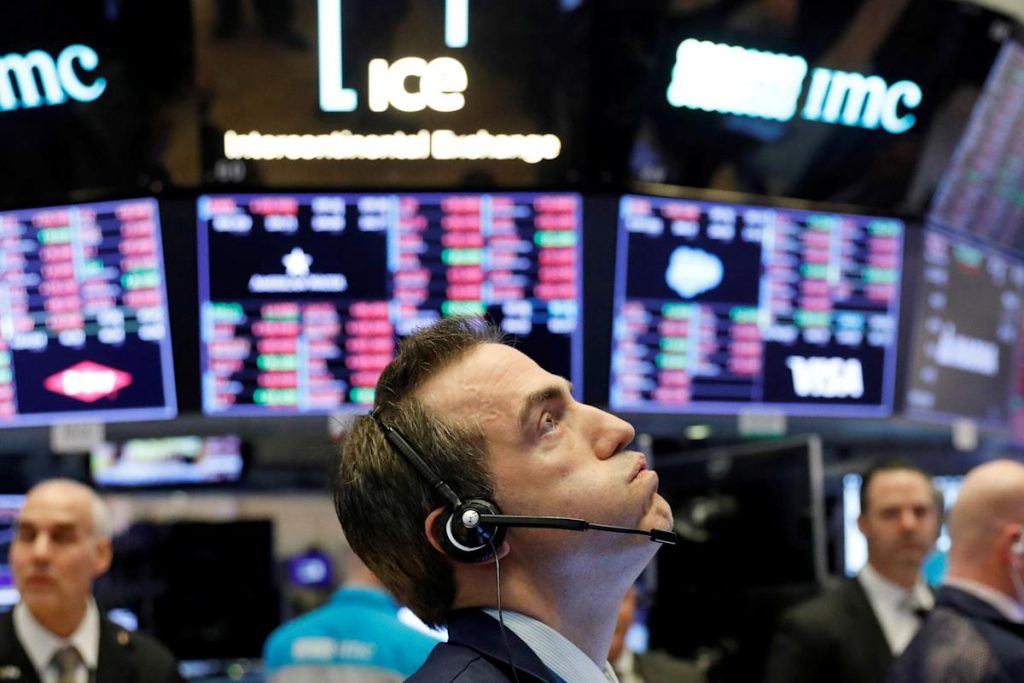
“What the market is looking for now is the first liftoff in interest rates,” Staples said. “Market [is] thinking end of 2022, early 2023, and depending on how data comes in, they’re going to either start pulling that forward, with market effects, or pushing it out.”
The recent data has been less than ideal, at least when it comes to the latest jobs report released by the Bureau of Labor Statistics last Friday — 194,000 payroll jobs were added in September, quite a bit lower than the 500,000 expected. Last month represented the slowest month of job growth that the U.S. has seen all year.
“My concern would be the hourly average earnings summary,” Staples said. “That’s, I think, the biggest deal right now. The market’s getting very concerned about inflation being more sustained rather than transitory.”
Average hourly earnings in the latest jobs report increased at 4.6%, in line with expectations. The data surprised analysts, who noted that the job market usually receives a boost in September from school-related hiring.
“Most back-to-school hiring typically occurs in September. Hiring this September was lower than usual, resulting in a decline after seasonal adjustment,” Labor Department researchers wrote in their report released last Friday. “Recent employment changes are challenging to interpret, as pandemic-related staffing fluctuations in public and private education have distorted the normal seasonal hiring and layoff patterns.”
Nagging inflation, which has affected the economy for months, is another concern. Inflation slowed somewhat during August, but consumers are still facing rising prices across the country.
With the economic picture worsening, or at least not improving at the level expected, speculation has arisen among economists on what the Fed’s next moves will be.
For the Federal Reserve, the tapering process has already been planned out. The U.S. central bank seemed to signal that they would stay on schedule for the scaling back of tight monetary policies beginning in November, even after September’s job report.
“First off, the whole tapering schedule, that’s done,” Staples said. The tapering process, which is to begin next month, will likely continue through next year and end sometime in the summer, he added.
Interest rates may also be likely to experience an increase within the next couple of years. Last month, half of Fed policymakers said that they expected to begin raising rates next year and see borrowing costs increasing to a minimum of 1% by 2023.